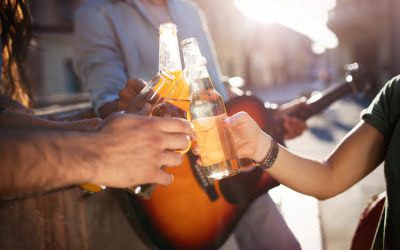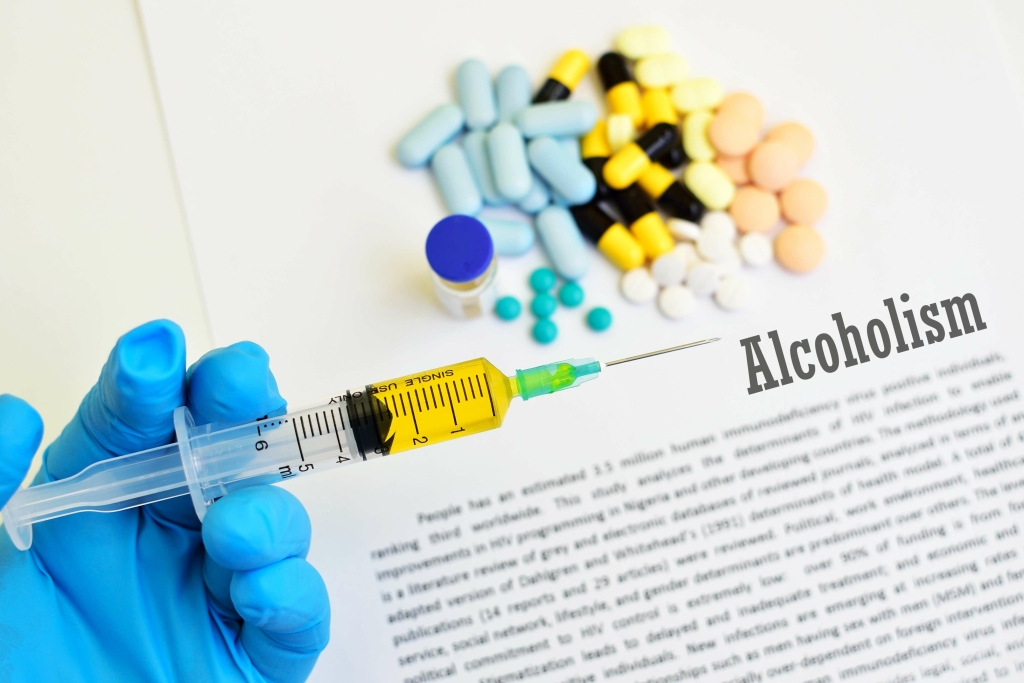The half-life of naltrexone varies between 4-13 hours, depending on factors like age and metabolism. Sometimes negative health episodes, such as accidents or unpleasant symptoms, trigger a desire for change. Nurses at the bedside or in outpatient settings may be the first caregivers to speak to a patient who has decided to seek help. If you are interested in starting the Sinclair Method, consult your healthcare professional to determine if they are comfortable prescribing naltrexone to you or if they will refer you to someone who is.
- The goal of TSM is not immediate abstinence but alcohol reduction by breaking the cycle of reward that sustains alcohol dependence.
- Check out this video and blog from Thrive’s founder, Katie Lain, as she describes her experience of what it feels like to drink alcohol on naltrexone.
- Gradual, Natural Decline in ConsumptionBecause the method leverages a behavioral extinction process, changes might feel more natural.
- Traditional programs such as AA report varying success percentages, but their effectiveness is often measured in terms of maintained abstinence.
Professional & Community Services
- Monitoring during the transition period is necessary to avoid a resurgence of alcohol consumption.
- More rarely, severe side effects can include blurry vision, diarrhea, confusion, drowsiness, stomach pain, and vomiting.
- He first observed the effects of naltrexone on drinking behavior in animals, finding that the longer animals who had been trained to drink were deprived of alcohol, the more they would press a lever to obtain it.
We’re a neuroscience-backed app that has helped millions of people reduce their alcohol consumption and develop healthier lifestyle habits. One of the key benefits of the Sinclair Method is that it appeals to individuals who are not interested in quitting drinking altogether but want to reduce drug addiction treatment their consumption. Therefore, this method generally casts a broader net to help people embrace the health benefits of reducing their alcohol intake. Naltrexone can significantly reduce alcohol cravings, making it easier to change drinking habits.
Do I Have To Quit Drinking With The Sinclair Method?
These methods appeal to different individuals depending on their preferences, needs, and treatment goals. Some insurance plans cover the cost of naltrexone and therapy, but this varies, so it’s advisable to check with your insurance provider to confirm coverage details. While TSM is a more affordable option than inpatient treatment programs, the long-term costs if medication adherence is required for extended periods must be considered. A study of 150 problem drinkers found that participants who took naltrexone on a targeted schedule reduced their drinking more than participants taking a placebo daily. Participants in the “targeted” group were instructed to take naltrexone 1-2 hours before entering a situation deemed high https://ecosoberhouse.com/article/what-is-the-sinclair-method-for-alcohol-addiction-recovery/ risk for heavy drinking (7). If you are interested in trying the Sinclair Method, start by talking to your doctor.

Our Program
Providers may resist approving of a patient’s continued drinking during treatment, due to concerns about the effect of continued drinking on the patient’s health. Daily naltrexone involves taking the medication every day, usually at the same time, regardless of drinking plans. This method is often recommended for people who drink daily or who want to quit entirely.

No, naltrexone is non-addictive and does not produce a high or cause dependence. Unlike other medications used in addiction treatment, it does not activate the brain’s reward pathways — it blocks them. Over time, your brain’s association between alcohol and pleasure breaks down. This is the essence of pharmacological extinction — and why the method is so effective.
It involves taking naltrexone every time before drinking to block the endorphin release alcohol provides. If you must take opioid pain medications for a surgery or other reason, you’ll need to stop taking naltrexone. Research indicates people may have differences in the amount of endorphins just one drink of alcohol elicits. Therefore, some people may experience a bigger reward or pleasure hit from alcohol, making them more susceptible to heavier drinking (5). Sinclair first observed the effects of naltrexone on drinking behavior in his animal research. In animals that had been trained to drink alcohol, they would press a lever repeatedly to obtain it.
